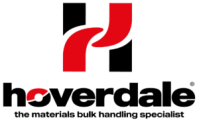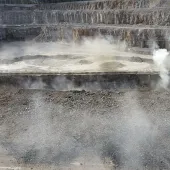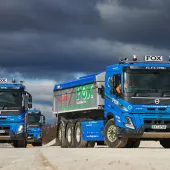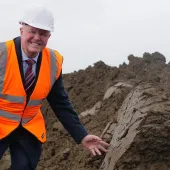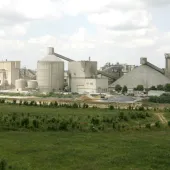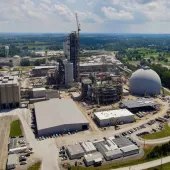LEILAC project progresses into FEED phase
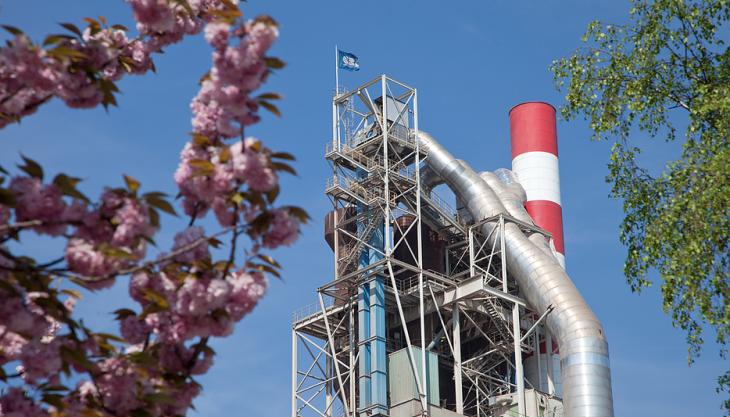
Innovative project to slash CO2 emissions from cement and lime sectors completes pre-FEED phase
THE Low Emissions Intensity Lime & Cement (LEILAC) consortium has announced that its ground-breaking project to demonstrate an innovative carbon-capture technology for the cement and lime sector has completed the preliminary Front End Engineering Design (pre-FEED) study for the pilot plant successfully and on time.
The project will now enter the full Front End Engineering Design (FEED) phase.
The five-year LEILAC project, supported by the European Union’s Horizon 2020 research and innovation programme, aims to apply Calix’s Direct Separation technology to cement and lime plants, and validate the resulting process demands and performance.
Once proven, and scaled up to apply to a fully size production plant, this technology should enable both the cement and lime industries to capture their unavoidable process carbon dioxide (CO2) emissions for minimal energy penalty (just compression) and at comparable capital costs to conventional emitting equipment.
Throughout the pre-FEED phase a number of initial design evaluation and performance studies have been successfully undertaken for the pilot plant, with the aim of reducing the major scale-up risks. A detailed Basis of Design (BoD) of the pilot plant was created, fulfilling all of the requirements of the project, and the exact site of the LEILAC pilot unit within HeidelbergCement’s host plant at Lixhe, in Belgium, has also been agreed.
During the FEED phase a detailed design of the pilot and its equipment will be developed, along with its integration into the Lixhe plant. The process for construction of the plant will be determined, and a ±15% cost estimate generated for approval. This will underpin the final investment decision in 2017.
Health and safety considerations remain a core pillar of the LEILAC consortium and, as such, a full hazard and environment study with outputs feeding into the design of the LEILAC plant has been completed. Governance procedures and protocols have also been put in place and are operating effectively.
Phil Hodgson, managing director of Calix and chief executive officer and chairman of the LEILAC executive board, commented: ‘This announcement marks a significant milestone and further demonstrates the momentum which is building around the LEILAC project.
‘The completion of the pre-FEED phase has been achieved in line with the project schedule and is testament to the strong level of collaboration which has been cultivated between the consortium partners, who have all worked together to make significant progress on this breakthrough project.
‘We are really encouraged with the progress we have made since announcing the launch of the project in January 2016 and are looking forward to pushing ahead on the next phase with the aim of completing our FEED study in 2017.’
The consortium is led by technology provider Calix and comprises HeidelbergCement, CEMEX, Tarmac, Lhoist, Amec Foster Wheeler, ECN, Imperial College, PSE, Quantis and the Carbon Trust. It is supported by CEMBUREAU, ECRA, and EuLA.
The project aims to apply and demonstrate a breakthrough technology that will allow Europe’s cement and lime industries to reduce their carbon footprint significantly. In addition to the €12 million Horizon 2020 grant, the consortium itself is contributing €9 million towards the project.
A pilot site visitor centre is expected to open later this year, ahead of plan, in light of the interest shown towards the project.

